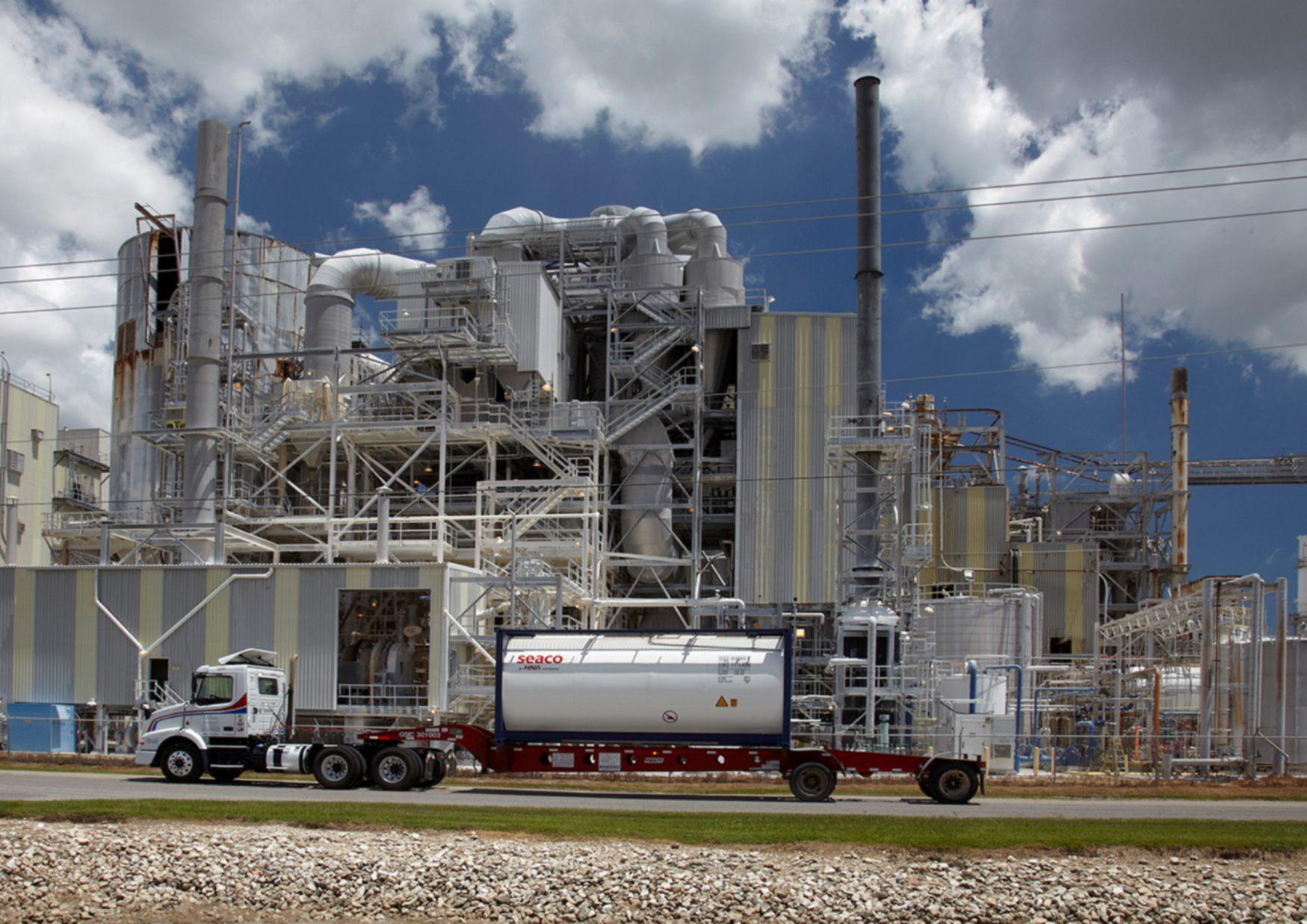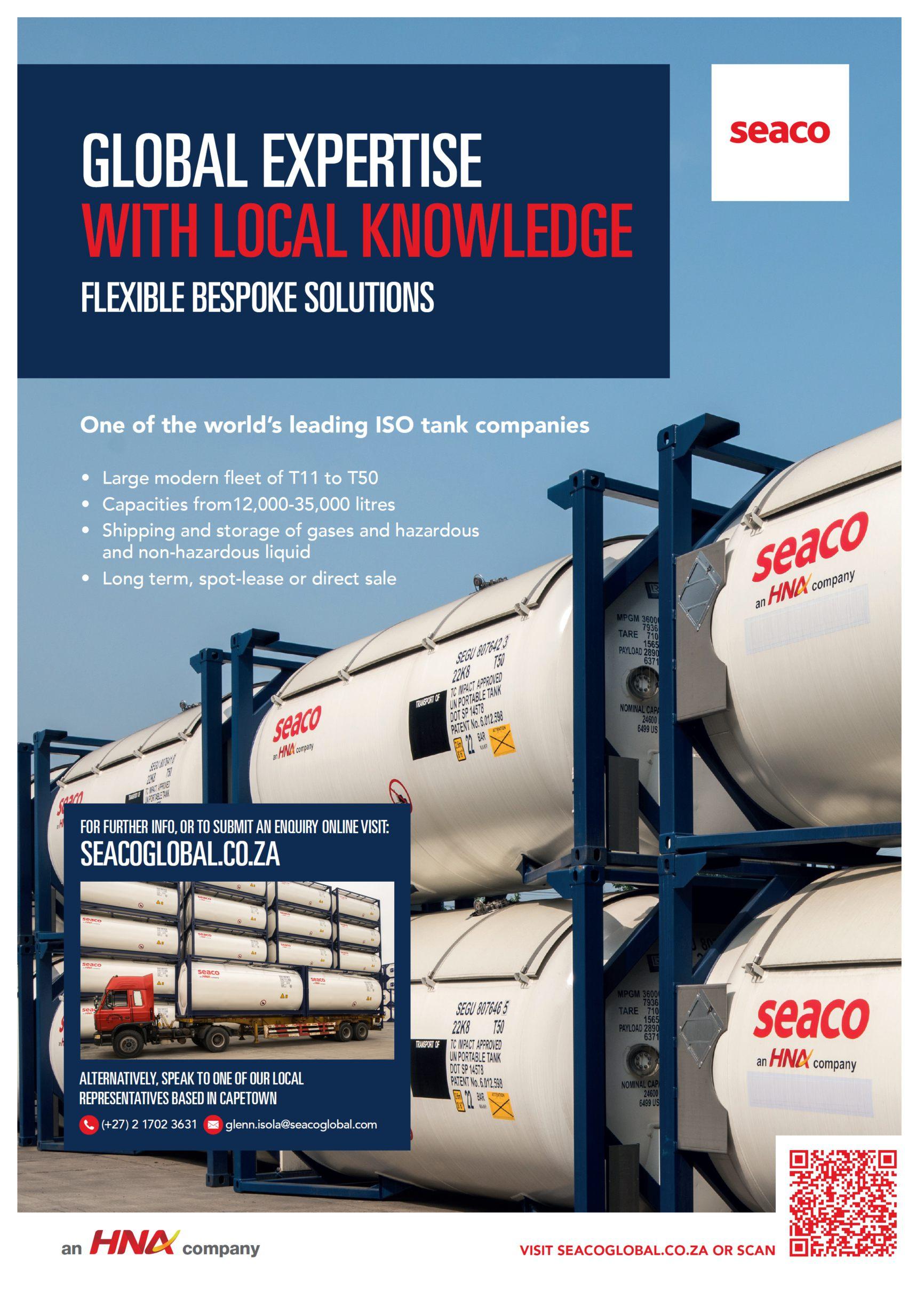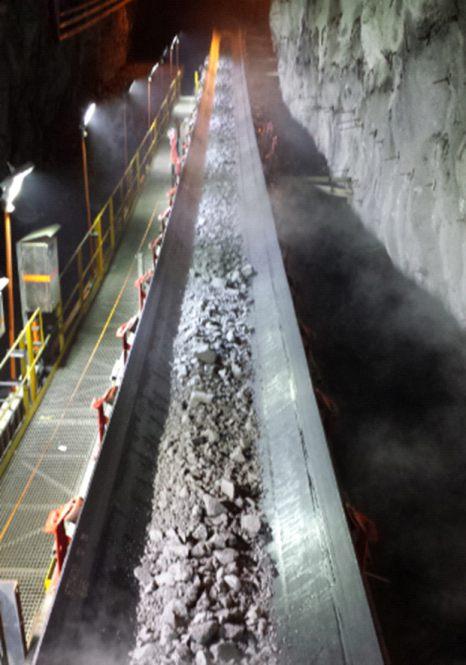
6 minute read
Seaco Tank Containers
from #FAG
M A G A Z I N E
Seaco Tank Containers for liquids
Advertisement
and Gases
22 Seaco Global is one of the largest container leasing companies in the industry with an international reputation for manufacturing quality and innovation. With over 50 years of industry knowledge and experience, Seaco operates the most diversied eet of approximately 2.4m TEU representing Dry Boxes, Reefers, Tanks & Specials including Half Heights and Bulkers. First established as Sea Containers (SCL) in the 1960s, it amalgamated with Genstar (the former container leasing arm of General Electric) in 1998 and was acquired under HNA in 2011. A further acquisition in 2015 combined Seaco with Cronos, since then Seaco has continued to grow and now has close to US $6 billion in assets. Headquartered in Singapore, Seaco is led by a proven management team with an average of 25 years' experience across multiple industry cycles and has 225 employees across 23 sales and support ofces with representation in EMEIA, Asia, Americas & Oceania. Seaco's tank eet is predominantly on lease to the major tank container operators. They, in turn, cover most of the market sectors. Other customers include the petrochemical producers, oil and gas players and those operating in the mining sector. Approximately 75% of our eet is T11, with a variety of capacities up to 26,000 litres and options including insulated, super-insulated and electrically heated tank containers. T14, T20, T22 and T50 tank containers are also available, together with lined tanks for high-end corrosion resistance. Tank manufacturing developments have focused on lighter tank containers, stronger frames and the possible use of higher cost duplex steel. Seaco looks for designs that meet current and future market needs, reliability and exibility in addition to the prerequisite requirements of safety, convenience, self-contained storage and reduced handling.
Chemical manufacturing is becoming more diverse, with smaller plants in more countries. Seaco believes that this, combined with a focus on operational efciency and just-in-time delivery, will help drive demand and open new markets such as the Gas market.
Seaco's global capability and local presence in Africa enables us to be adaptable to local changing customer preferences and able to exploit new market opportunities.
www.seacoglobal.co.za

glenn.isola@seacoglobal.com

M A G A Z I N E
Airborne dust generated from bulk material handling and industrial processing can pose environmental, health and safety challenges. In recent years, environmental regulators have taken steps towards passing more stringent air quality and emissions standards for bulk material handling facilities and operators, with particulate matter being a prime area of scrutiny. Dust particles less than or equal to 10 microns (PM 10) and 2.5 microns (PM 2.5) are a particular area of concern due to the harmful health risk these small particles pose if inhaled.
Among the dust suppression technologies available, many facilities have learned that using technology that mimics nature's ability to clean the air can be the most cost effective way to control fugitive dust. Dust Solutions Incorporated (DSI) provides technology solutions based on these natural processes, without the use of chemicals and heavy water or power usage.
TM Dust suppression is accomplished by creating Dry Fog .
Dry fog systems utilize compressed air and plain tap water to create micron sized fog droplets, similar to fog that would occur after a rainy day.
How Does Dry Fog Work? DSI dry fog systems have proven to signicantly reduce fugitive dust from a variety of material handling points such as truck dumps, rail dumps, reclaim tunnels, crushers, screens, stack outs, ship loaders, and truck loading silos and conveyor transfer points.
24 The technology uses a special type air-atomizing nozzle that produces a very dry fog (water droplets 10 microns or smaller) to agglomerate and remove airborne dust particles (PM-10) from various material handling and processing operations. These ultra-ne water droplets attach (agglomerate) to like size dust particles, particulate matter 10 microns or smaller (PM-10). The slightly wetted dust particles are then heavy enough to be removed from the air by their added weight and fall back into the process.
It is important to note that the system only wets the dust, not the material, unlike conventional water spray and chemical spray systems. This makes it an ideal solution to combat dust generated from moisture sensitive materials such as coal, coke for fuel, copper concentrate, clinker and

cement. Moisture addition to the material is typically less than 0.05% by weight and is often undetectable. Dry fog is the driest form of dust suppression available. Dry Fog is not designed to wet the process material, it only wets the airborne dust.
Dry Fog systems have been successfully implemented in the most challenging environments, including cold weather, marine, and underground mines in both stationary and portable systems. System are custom designed and engineered for specic new build

applications or can be retrotted into existing infrastructure.
Wind Fence Systems for Dust Suppression For the prevention of dust from material stockpiles or areas where wind plays a factor in the generation of airborne dust, a porous fabric wind screen material called DustTamer can be used in several ways to slow the movement of air. One common application is the DustTamer Wind Fence System, which can reduce air movement across a material stockpile or reduce air movement along an open conveyor or transfer point. The fabric is knitted from an industrial grade woven polyester, resistant to UV rays, in-climate weather and temperature extremes. Its unique ability to be stretched and tensioned to over 500lbs. of pull prevents “agging” of the material and consequential damage due to abrasion.
DustTamer™ fabric is specially designed to exert a drag force on oncoming wind velocity. Reducing wind speeds by 75% or more, the fabric allows a portion of the wind volume to penetrate through the screen while deecting the remaining wind to the surrounding sheltered area. As a result, the velocity is lowered below the particulate uptake point, achieving minimal dust disturbance around the material.
www.rstafricaguide.com DustTamer's unique porosity allows air to pass through and equalize the differential pressure inside the windsheltered area. DustTamer can be used as a stand-alone system or in conjunction with fogging to provide protection to material stockpiles, truck, rail or loader dump pockets, conveyor transfer points, and stacker conveyors so that particular matter stays grounded where it belongs.
Wind Screen Systems work better than a solid structure in the above applications, because of the fabrics specially designed porosity. Approximately 30% of the ambient air will go through the fabric helping to equalize the pressure differential from one side of the fabric to the other. Solid structures generally have openings for equipment access, dumping or stacking activities. These open areas can be great sources of dust creation by allowing air to move from a high to low pressure area, increasing velocities and the amount of airborne particulate.
DustTamer wind screen systems are also effective in marine and port environments where material handling operators must take into account humidity and wind coming off the water.
Dust Solutions Inc. (DSI) manufactures dust suppression technology for Power Plants, Mines, Marine Terminals, Mineral Processing Facilities, Pulp & Paper, Wood Products, Hazardous Waste, and Bulk Handling industries. Headquartered in Beaufort, South Carolina USA, DSI has regional ofces in Vancouver, Washington USA, Manila, Philippines and Santiago, Chile. www.nodust.com










